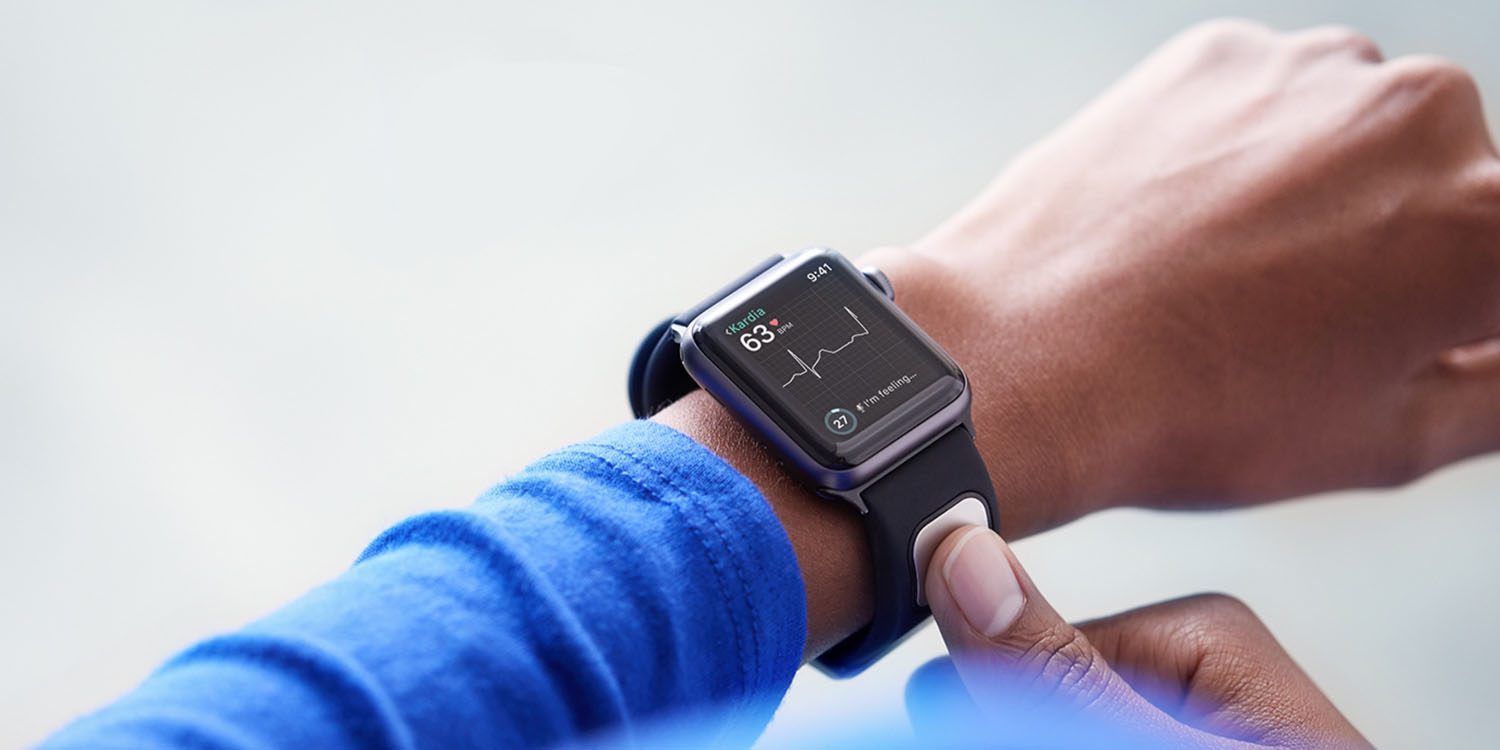In recent months, Apple has been rumored to be developing a non-invasive solution that could detect diabetes in a patient wearing an Apple Watch. Researchers are trying to find methods that could be used through ordinary watches or some simple accessories - for example in the form of bracelets. In connection with this effort, the results of a study appeared on the web today, which confirm that the Apple Watch (and to a certain extent Android Wear) are able to recognize a patient with diabetes with an accuracy of up to 85%.
It could be interest you

Research in this area is still ongoing, but the first conclusions were published today. Behind them is the research team from the University of California, which is behind the Cardiogram diagnostic application. Their application uses a special neural interface called DeepHeart, thanks to which the application learns based on the calculations already performed. Thanks to this technology, they managed to achieve a diagnostic success rate of 85% in the case of diabetes detection.
More than 14 users took part in the research, making it a relatively large reference sample. The output consisted of more than 33 weekly data, which were collected through sensors in smart watches and subsequently analyzed for many different diseases, from higher/lower blood pressure, diabetes, high cholesterol, etc.
It could be interest you

Several thousand described reference samples were entered into the system, which served as a kind of pattern for evaluating other data. Thanks to a neural network and machine learning, the DeepHearh system is able to recognize a patient with diabetes with up to 85% success rate, just based on simple data obtained from normal sensory activity. There is really a lot of work behind the development, the detailed information of which you can read <a href="https://cdn.shopify.com/s/files/1/1932/8043/files/200721_ODSTOUPENI_BEZ_UDANI_DUVODU__EN.pdf?v=1595428404" data-gt-href-en="https://en.notsofunnyany.com/">here</a>. According to the authors, it is possible to recognize diabetes due to the fact that its presence in the body affects many factors that can be detected by sensory measurements.
However, it is said that ours is still a few years away from being put into practice. Although the system has relatively good results, they are still not good enough (and above all accurate) to be transferred to work. To achieve a greater degree of efficiency, it is necessary to analyze a huge amount of data (on the order of millions of cases) and this is currently impossible. If Apple comes up with a solution to non-invasively measure blood sugar levels in the body, it could provide the necessary amount of raw data. Therefore, researchers are anxiously awaiting how Apple's efforts in this industry will develop further.
Source: Appleinsider